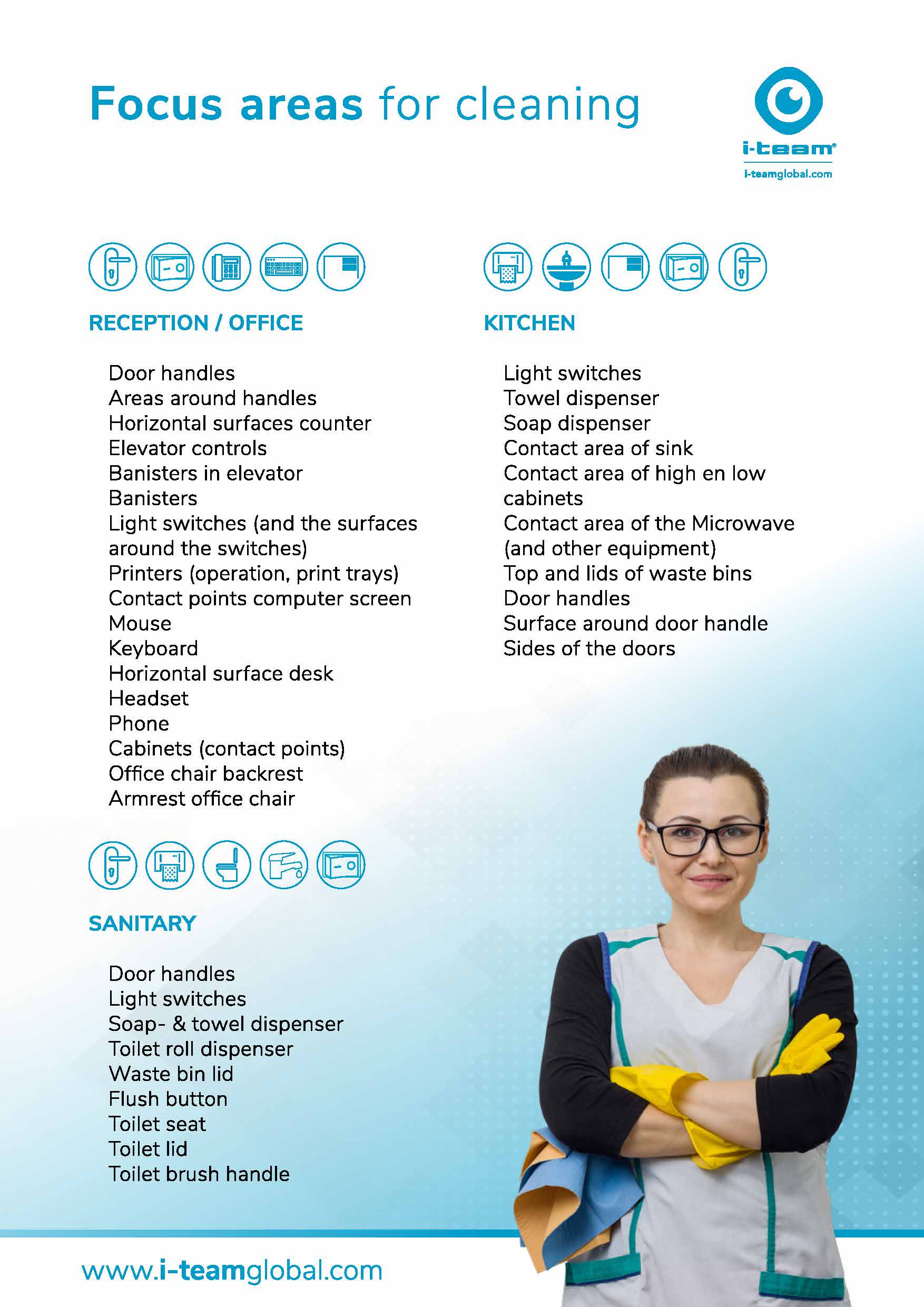Germs, bacteria and viruses
What’s the difference?About microbes
First of all, let’s talk about microbes (also known as microorganisms). Microbes are living organisms that are too small to be seen with the naked eye. They live in water, soil and the air. The human body has some as well. Some microbes are dangerous for our health and can make us sick, while others are actually good for us. The most common microbes are bacteria, protozoa, fungi and viruses (a virus itself is commonly not a microbe, because it’s considered not-living. However, as soon as a virus enters a host, it can grow and reproduce. There’s a lot of debate about whether a virus is a microorganism, and for now we’re going to assume that it is).
Germs
This is one word that we read a lot. Makes sense too, because it’s actually sort of an umbrella term for a lot of things. It’s actually the same as microbes (aka microorganisms). They can be spread in the following ways:
• Direct contact with an infected person
• Indirect contact with surfaces (e.g. door knobs, coffee pot at work, a public sink)
• Droplets from body fluids (e.g. transmitted through sneezing, blood or coughing)
• Childbirth (from mother to child)
• Insect or animal bites
• Contaminated food or water
• Sexual contact
Bacteria
Let’s start with the fact that not all bacteria are bad. Our bodies even need several bacteria to keep things in balance in our intestines. Good bacteria use nutrients from our food and make waste from what’s left. But there are also bad bacteria that cause infections such as ear infection, sore throat, cavities and pneumonia.
Protozoa
Proto-what? The pronunciation is: pro-toh-ZOH-uh. One-cell organisms that love moisture (fresh water, marine environments and soil). They can spread diseases through water, insect bites (e.g. mosquito and tsetse fly) and in some cases, human contact or food. Getting infected by protozoa can lead to intestinal infections, such as malaria and dysentery.
Fungi
Fungi are plant-like (multi-celled) organisms. Unlike plants, they can’t make their own food from water, soil, light and air. They get their food from people, plants and animals. You usually find fungi in dark, warm and moist places. There are two types of fungi, (1) environmental, which is known as mold and yeast, and (2) commensals, which live on us. Spores of fungi can enter our bodies through the lungs (breathing) or our skin (contact) and are especially damaging for people with weakened immune systems. Examples are athlete’s foot, ring worm and yeast infections.
Viruses
We’ve heard a lot about viruses lately and are all pretty aware of the fact that they can make us sick. A virus needs to be inside a living cell (like humans, animals or plants) to grow and reproduce. Well-known diseases caused by viruses are COVID-19, chickenpox, the flu, a cold and measles. Once a virus enters a host, it often spreads quickly. Viruses can live for a short time on surfaces, like doorknobs, desk phones and other touch points, so that’s why washing hands is so important. They can sometimes also spread through aerosols, mainly indoors.
How to stay safe from germs
To avoid getting sick or contaminating other people, there are some things we can all do to prevent spreading germs.
• Maintain distance from others (preferably 6ft or 1,5m)
• Wash your hands often
• Cover your mouth and nose when sneezing or coughing (preferably with your elbow)
• Wear a face mask in crowded places
• Don’t touch your face!
• Stay home when sick
• Clean and disinfect surfaces regularly and pay extra attention to touch points (doorknobs, the buttons from the office photo copier, light switches, and so on)


